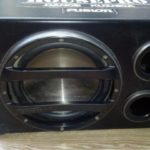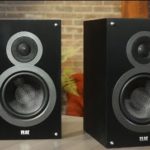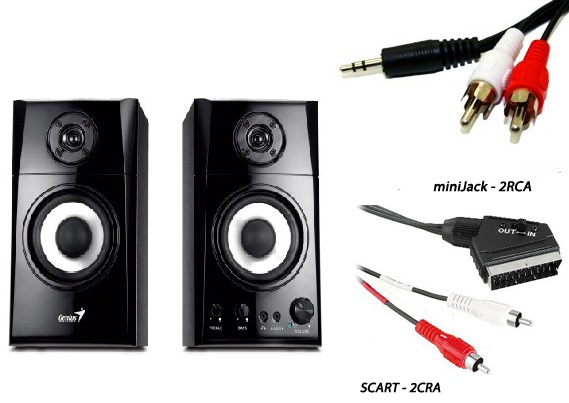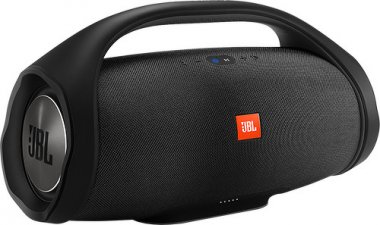Why do the speakers wheeze?
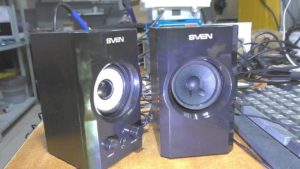 Speakers and speaker systems have been designed specifically to enhance the sound volume and improve the quality of the main speakers. They are used when connecting at large concerts, holidays and even in home theaters. To get the desired quality, you need to choose the right device model and manufacturer.
Speakers and speaker systems have been designed specifically to enhance the sound volume and improve the quality of the main speakers. They are used when connecting at large concerts, holidays and even in home theaters. To get the desired quality, you need to choose the right device model and manufacturer.
Sometimes during operation, unpleasant system failures or electronic problems may occur, leading to a deterioration in the quality of the output melodies. One of the possible problems is the characteristic wheezing in the speakers. It interferes with playback and creates unpleasant noise. In our article we will tell you about the possible reasons and advise how to restore the normal functioning of the speakers.
The content of the article
Causes and solutions
Before starting work, it is necessary to identify the source of the problem and assess the complexity of the damage. In case of minor failures, you can repair the equipment yourself; in case of more complex failures, it is recommended to contact a specialist who will assist in repairing the device. Here are some common problems that lead to wheezing:
- Mechanical damage to the speakers or connected wires.
- Malfunction of the electronics and microcircuits of the device.
- Moisture and other foreign objects entering the housing.
- The connected equipment does not match the capabilities of the speakers.
- The amplifier is incorrectly selected.
- Speaker wear and poor performance.
Depending on the cause, the repair and troubleshooting algorithm will differ. In case of mechanical damage, it will be necessary to eliminate the defect or replace parts of the case, and in case of failures in the electronics, detailed diagnostics and restoration of the operation of microcircuits and boards will be required.
IMPORTANT: If you keep the warranty card, you will be provided with free diagnostics and repair of the equipment. In order for the warranty card to remain valid, you cannot repair it yourself.
Speaker wheezing and hissing
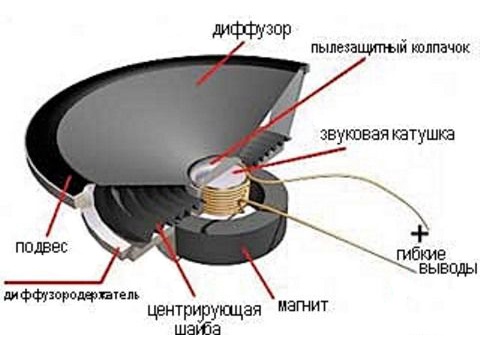 Most often, users encounter problems with low-quality speaker systems. The most pronounced malfunctions are manifested by a characteristic wheezing, which interferes with listening to audio recordings. If you are faced with such an unpleasant situation, you need to evaluate the condition of the equipment point by point and, in accordance with the instructions, carry out repairs and adjustments to ensure normal operation of the system.
Most often, users encounter problems with low-quality speaker systems. The most pronounced malfunctions are manifested by a characteristic wheezing, which interferes with listening to audio recordings. If you are faced with such an unpleasant situation, you need to evaluate the condition of the equipment point by point and, in accordance with the instructions, carry out repairs and adjustments to ensure normal operation of the system.
First of all, check the suitability of the connected equipment and the operating range of the speakers.
IMPORTANT: Perhaps the system itself is outdated or poorly assembled; buy proven devices in branded stores.
When outputting sound waves through any speaker, a special amplifier is used. It receives the signal and transmits them to the speakers. There are two main indicators of the operation of this device: the output power of the signal and its resistance to the incoming load. If you install an inappropriate amplifier, the sound will not be output or will be distorted.At the same time, specific wheezing appears at work.
ADVICE: Check the speaker parameters and purchase suitable amplifiers. Additionally, consult the seller for detailed information.
How is it wheezing?
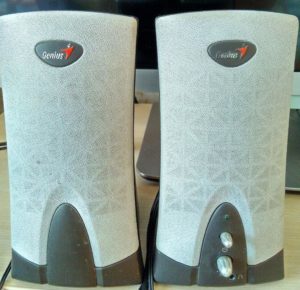 An interesting diagnostic method is to assess the nature of wheezing. Listen carefully to your technique and evaluate the distortion parameters using the following parameters:
An interesting diagnostic method is to assess the nature of wheezing. Listen carefully to your technique and evaluate the distortion parameters using the following parameters:
- Temporary indicators: constantly wheezing or for a certain time after switching on.
- Symmetry on both speakers or malfunction on only one speaker.
- Dependence on power, frequency and volume level of the playback sound.
- The presence of wheezing when close to telephones and other electrical appliances.
This will help to detail the source of the problem and roughly understand the nature of the malfunction for further diagnosis and repair. Let's look at possible options and common cases of hissing and wheezing.
Both speakers wheeze. In modern equipment, a situation where both speakers work poorly at once is extremely rare. Manufacturers are trying to improve the quality of equipment and introduce advanced technologies and developments into their products. However, if you are faced with a similar situation, most likely the reason lies in the sound output device (receiver, set-top box, radio...), since failure of several speakers at once is quite rare.
To clarify, try connecting the speakers to a different source. If the problem is resolved, then you need to repair the radio or purchase new equipment.
They wheeze one at a time. The situation is different if one column performs poorly.In this case, we may be talking about malfunction of the speakers, damaged wires, incorrect calibration of the frequency and resistance of the amplifier. If both speakers are from the same manufacturer and the same model, just try to set all the parameters the same on both speakers.
With different versions, the source of the problem must be pinpointed. To do this, connect the system and listen to music at different volume levels.
IMPORTANT: The nature of the damage depends on the volume level at which wheezing appears.
Wheezing at minimum or maximum volume
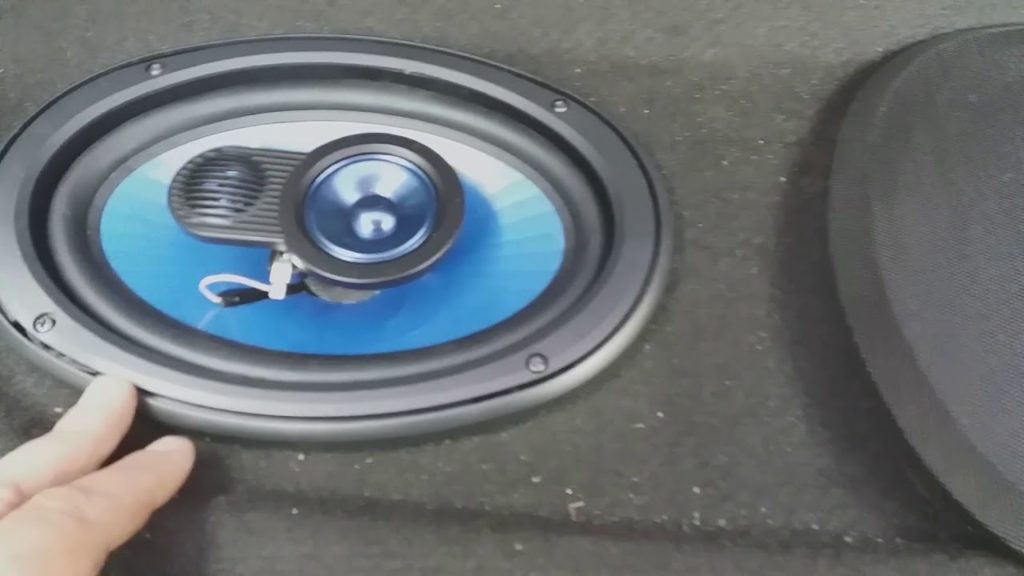 Start testing at low volume. If wheezing appears, then the problem lies in the connection of the wires to the speakers. Most likely they are coming off or damaged. To do this, you will have to disassemble the equipment and look at the internal components.
Start testing at low volume. If wheezing appears, then the problem lies in the connection of the wires to the speakers. Most likely they are coming off or damaged. To do this, you will have to disassemble the equipment and look at the internal components.
If everything works well, keep raising the volume. When wheezing occurs at high volume, the following types of problems are possible:
- Large particles of dust or dirt may cause vibrations and distortion of the sound.
- Water inside the speaker casing causes wiring and microcircuits to come loose, which also contributes to hissing.
- Problems with the capacitor not properly outputting the amplitudes of the sound waves.
IMPORTANT: Before starting repairs, make sure that the problem is in the column and not in the receiver.
Recommendations
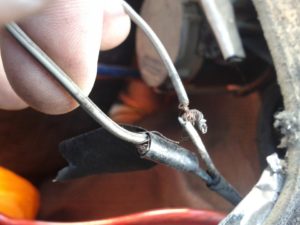 To ensure that you do not have problems in the future when operating speaker systems, you should take preventive measures and observe the operating conditions of the equipment. It is enough to follow some rules:
To ensure that you do not have problems in the future when operating speaker systems, you should take preventive measures and observe the operating conditions of the equipment. It is enough to follow some rules:
- Periodically check the connection of the wires and monitor their integrity.
- Do not allow dirt or moisture to get inside the equipment's speakers.
- Make sure that the speakers and all device chips are connected correctly.
- Carry out preventative cleaning of equipment.
Simple rules that will help extend the life of your equipment and allow you to enjoy high-quality and rich sound.

